Famous ancient artwork includes a plethora of iconic pieces that have stood the test of time, showcasing the creativity, culture, and history of ancient civilizations. From exquisite sculptures to stunning frescoes, these artworks provide a glimpse into the aesthetic values, religious beliefs, and social structures of their eras.
The Legacy of Ancient Civilizations
Art from ancient civilizations has had a remarkable influence on contemporary art and culture. Touched by the hands of skilled artisans, most of this work was deeply intertwined with the socio-political and religious dynamics prevalent during its creation. Below we explore some of the most prominent famous ancient artworks from various civilizations.
| Civilization | Notable Artwork | Date | Medium |
|---|---|---|---|
| Ancient Egypt | The Great Sphinx of Giza | c. 2500 BC | Limestone |
| Ancient Greece | The Parthenon Sculptures | c. 447-432 BC | Marble |
| Ancient Rome | The Colosseum | c. 70-80 AD | Stone |
| Ancient India | The Ajanta Caves Paintings | c. 2nd century BC | Fresco |
| Mesoamerica | The Pyramid of the Sun | c. 200 AD | Stone |
The Iconic Great Sphinx of Giza
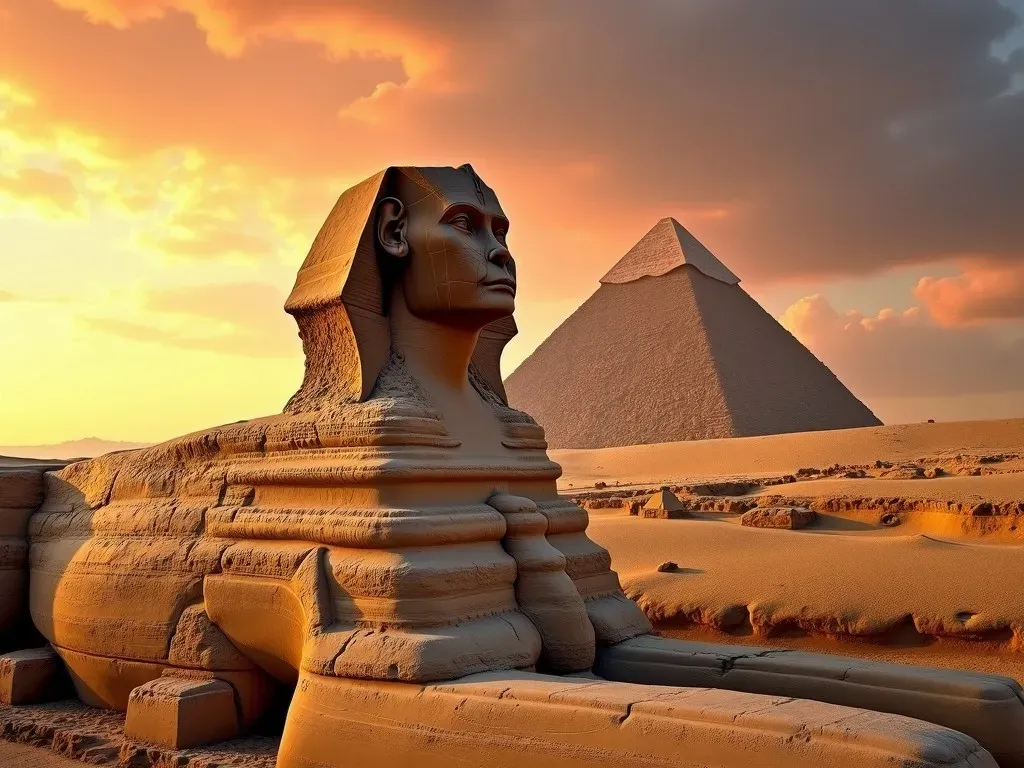
The Great Sphinx of Giza, a colossal limestone statue, dates back to around 2500 BC and is one of the most iconic symbols of Ancient Egypt. Guarding the Giza plateau, this impressive artwork stands at 20 meters tall and 73 meters long. Crafted during the reign of Pharaoh Khafre, the Sphinx is believed to embody wisdom and strength, serving as a sentinel to the pharaoh’s tomb.
Facts about the Great Sphinx:
- Material: Solid limestone
- Height: 20 meters (66 feet)
- Length: 73 meters (240 feet)
- Location: Giza, Egypt
The Parthenon Sculptures
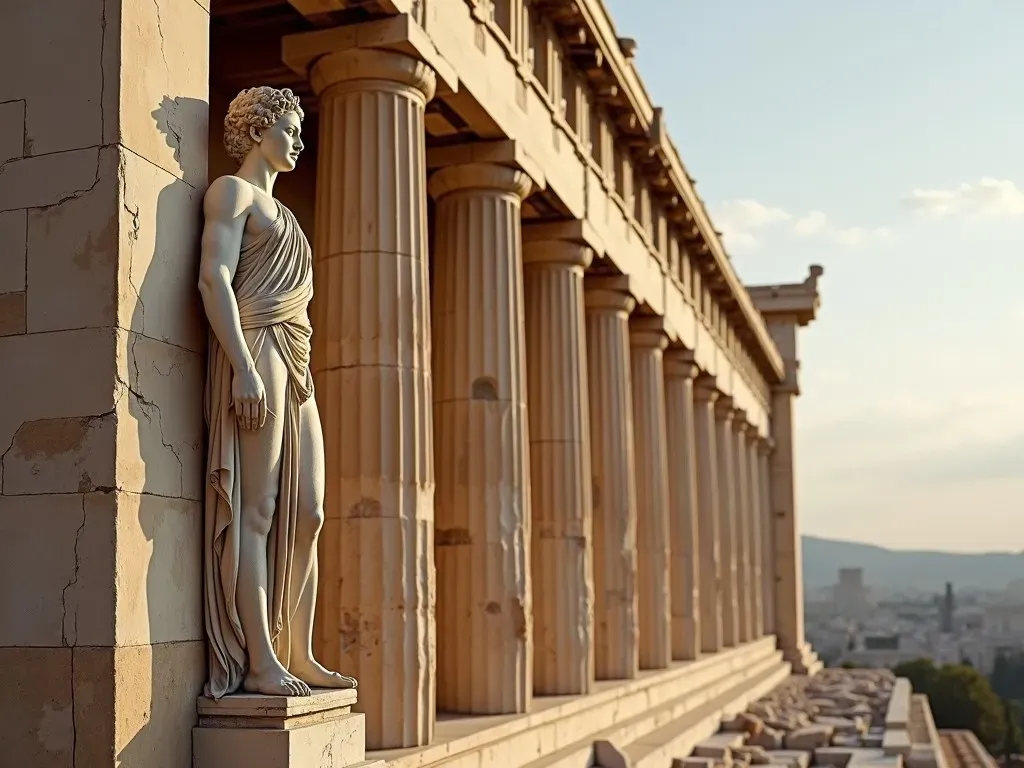
The Parthenon, a temple on the Athenian Acropolis, is celebrated for its architectural beauty and the exquisite sculptures that adorned it. Built between 447 and 432 BC, the Parthenon was dedicated to the goddess Athena, whom the city of Athens considered its patroness. The sculptural decoration includes the famous Parthenon Marbles, which were once part of the temple and are now largely housed in the British Museum.
Key Highlights:
- Architects: Iktinos and Kallikrates
- Material: Pentelic marble
- Inscriptions: Dedicated to Athena Parthenos
- Current Location: Part in the British Museum, part in Greece
The Colosseum of Rome
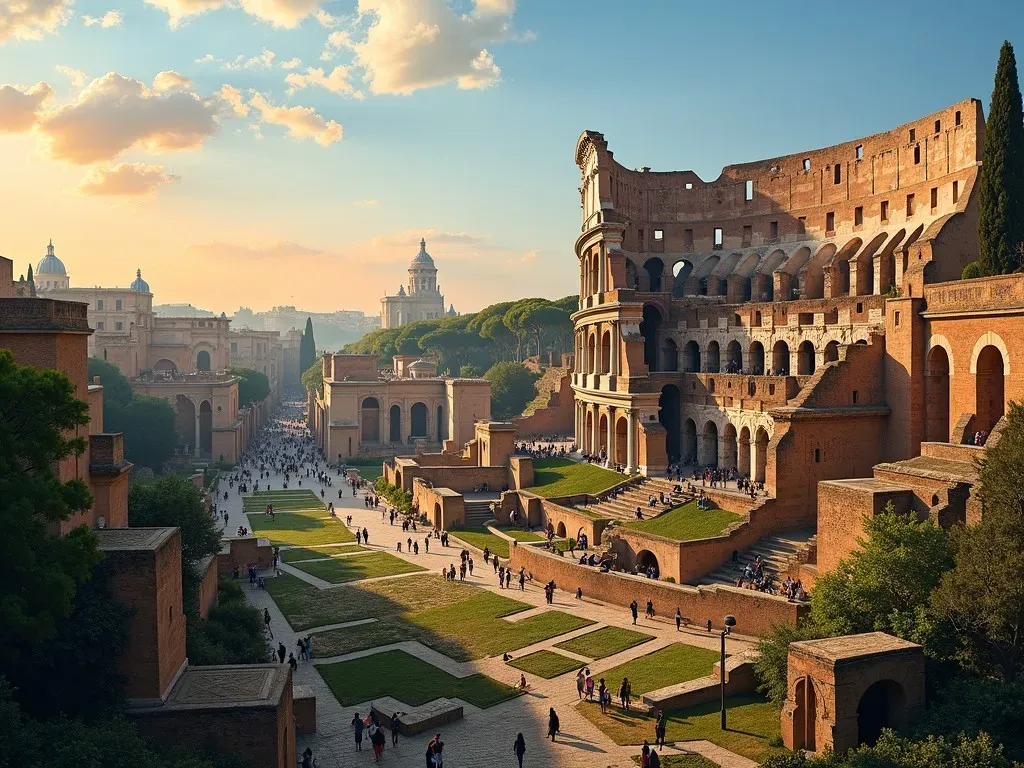
The Colosseum, also known as the Flavian Amphitheatre, is a massive stone arena that was completed in 80 AD. This iconic structure could hold around 50,000 spectators and was used for various public spectacles, including gladiatorial contests and mock sea battles. The Colosseum remains a testament to Ancient Rome’s architectural and engineering prowess.
Colosseum Facts:
- Location: Rome, Italy
- Construction: Began in 70 AD, completed in 80 AD
- Capacity: Approximately 50,000 spectators
- Material: Concrete and stone
The Ajanta Caves: Treasures of Ancient India
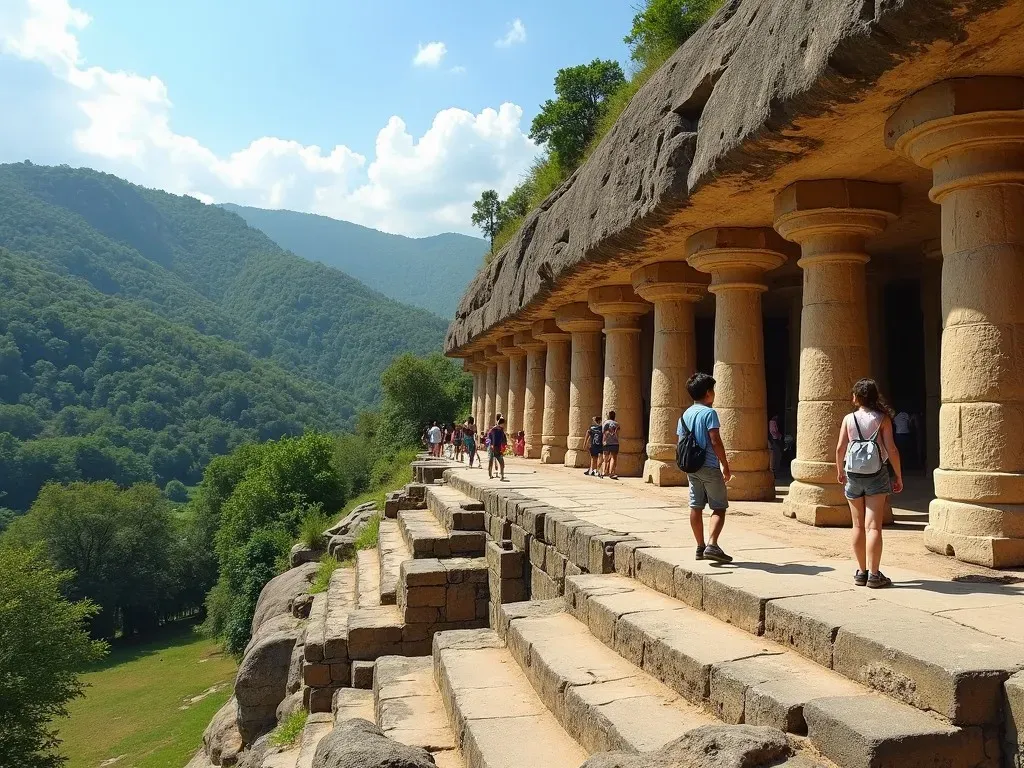
The Ajanta Caves, a series of rock-cut Buddhist cave monuments, were created around the 2nd century BC in India. The caves boast intricate paintings, sculptures, and architectural designs, depicting stories from the Jataka tales as well as vivid representations of Buddhist teachings. The artistry on the walls reflects the spiritual beliefs of the time.
Features of the Ajanta Caves:
- Location: Maharashtra, India
- Period: 2nd century BC to about 650 AD
- Total Caves: 30 numbered caves
- Art Style: Gupta style
The Pyramid of the Sun: Mesoamerica’s Marvel
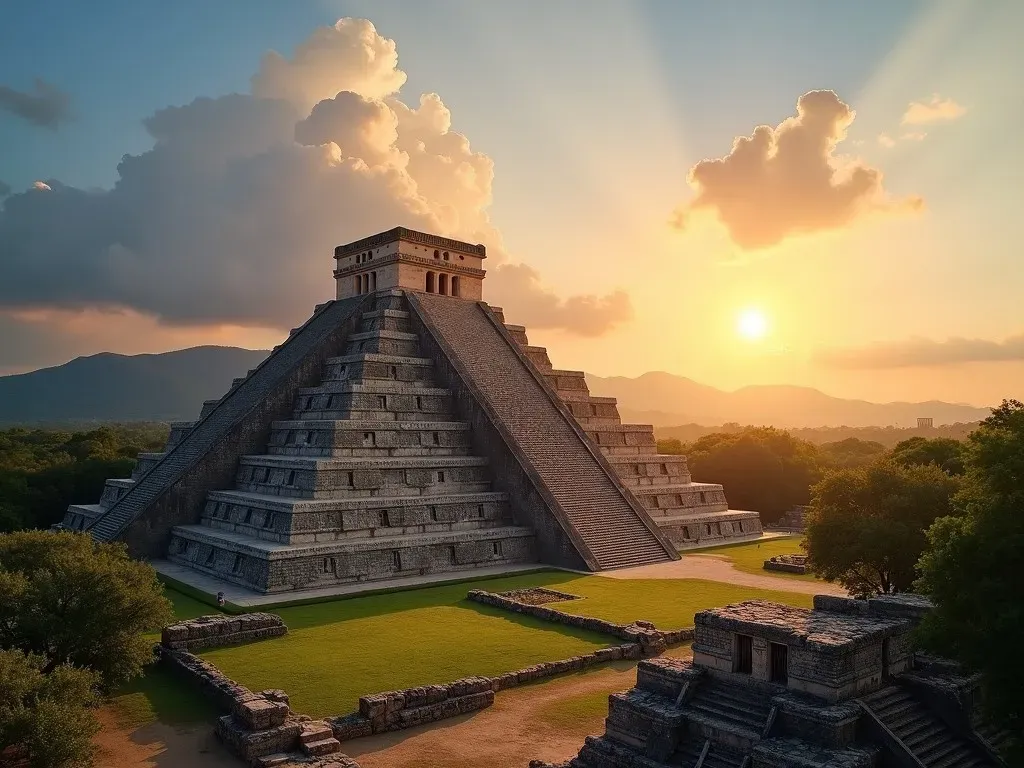
Located in Teotihuacan, Mexico, the Pyramid of the Sun is one of the largest structures of its kind in the Americas, constructed around 200 AD. With a height of approximately 65 meters, it served as a focal point for religious rituals. Its alignment with astronomical events speaks to the advanced understanding of both architecture and astronomy held by the ancient Mesoamerican cultures.
Key Characteristics:
- Height: 65 meters (213 feet)
- Construction: Made from volcanic stone
- Age: Over 1800 years old
- Significance: Major religious center
Noteworthy Ancient Art Techniques
The different civilizations utilized varied Techniques in their artwork. Below, we have summarized some of these techniques and their significance:
| Technique | Description | Example |
|---|---|---|
| Fresco Painting | Painting on wet plaster | Ajanta Caves figures |
| Chisel Sculpture | Carving shapes from stone or wood | Parthenon sculptures |
| Bas-relief | Slightly raised surface sculpture | Colosseum decorative elements |
| Stone Cutting | Shaping bricks and stones for structures | The Great Sphinx |
FAQs about Famous Ancient Artwork
Q: What defines ancient artwork?
A: Ancient artwork is characterized by its cultural, historical, and aesthetic significance, originating from societies that flourished long before modern times.
Q: Why is ancient art important?
A: Ancient art provides valuable insights into the beliefs, values, and daily lives of past civilizations and influences contemporary artistic practices.
Q: Are there any remaining ancient artworks?
A: Yes, many ancient artworks remain intact, such as the Colosseum, the Parthenon, and the Great Sphinx, which continue to draw millions of visitors and researchers from around the world.
Q: How can I learn more about ancient artwork?
A: Resources such as the Metropolitan Museum of Art provide extensive information on collections of ancient art.
In exploring famous ancient artwork, we discover not just aesthetic beauty but also the rich narratives that shaped human history. These artworks remain milestones in the timeline of human creativity, echoing the story of our collective past.
